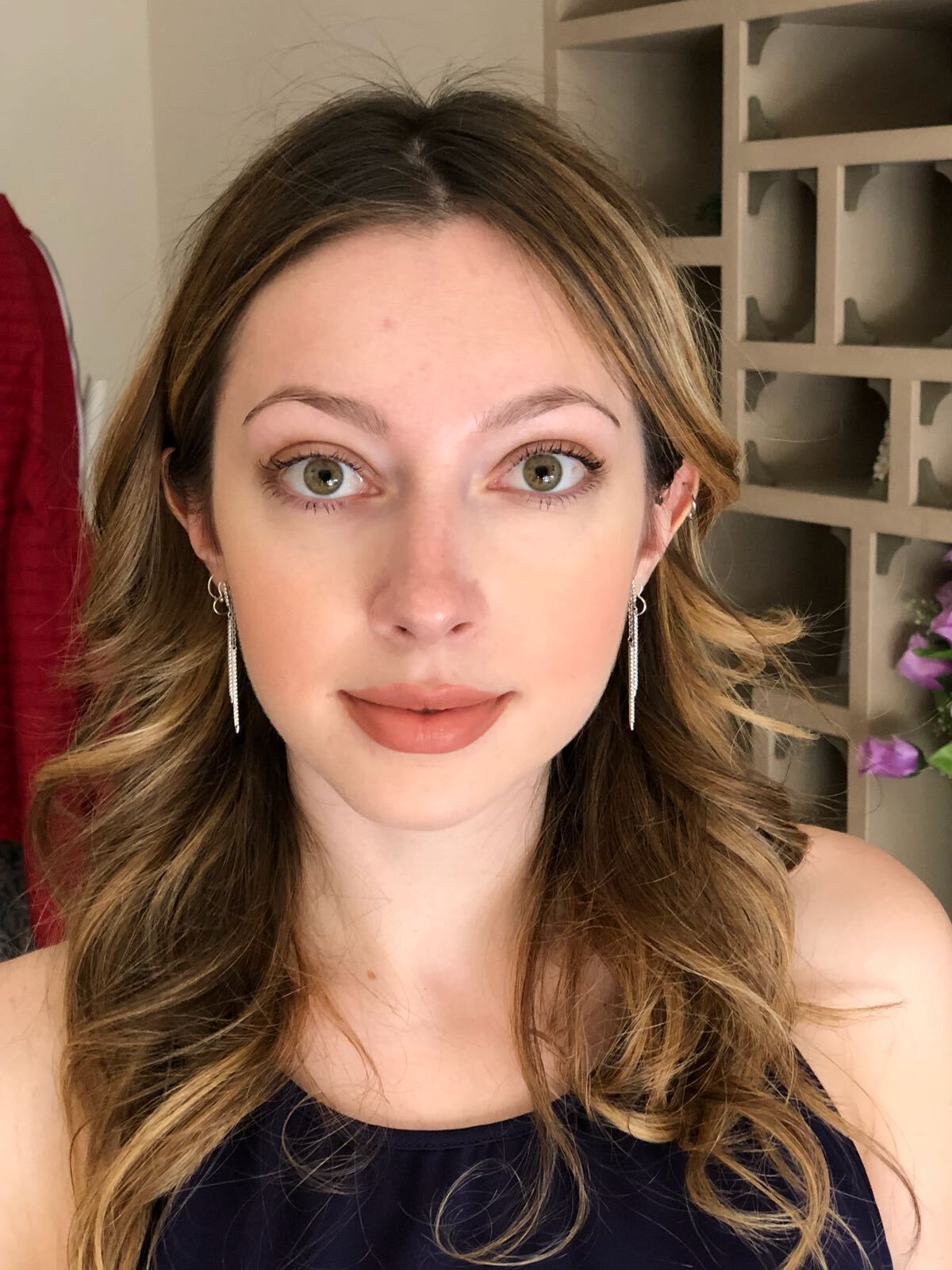What is “Kotozukuri” and How Does Nissan Use it in Content Marketing?

How Nissan is translating “the story behind making things” into content marketing gold.
We recently spoke to Dan Sloan, Editor-in-Chief at Nissan Global Media Center for Nissan Motor. He shared his views on content marketing and told us about the challenge of leading a multimedia team of brand journalists in “kotozukuri” storytelling.
Nissan’s Global Media Center has begun its fifth year of operations; what’s the latest on your content radar, Dan?
We have a variety of big and small content projects on tap, but some of the latest have involved licensing partnerships with other firms and government agencies using our monitor technology, such as jumbo industrial trucks and – separately – deep-sea crawler robots. Partnerships in content – even beyond agencies – seems to be a growing trend across industries, and we will certainly leverage off [sic] these opportunities when appropriate.
As an automaker, we usually highlight the stories behind new vehicles and concept cars, and the next half year from the Shanghai to Tokyo motor shows will be no exception. Keep an eye on this year’s Le Mans endurance race for the debut of a front-engine, front-wheel drive car highlighted in our Super Bowl creative push in February. It’s a revolutionary racing concept, and if it performs well in France in June as expected, the story and the links to the showroom are even easier to tell.
Nissan calls brand storytelling “kotozukuri,” or the story behind making things. Are there similarities with traditional manufacturing?
Absolutely. The phrase was coined by an executive and highlights similar production funnels – Product Planning and Research & Development at the start, design and factory teams in the creative and building processes, logistics and dealers in the distribution network, Market Intelligence to know the consumer dynamic, and then a refinement based on those market analytics ahead of another launch or next iteration of the product.
We’re doing the same with content: You plan and create a storyboard, work out production details, budgets , nd editing, then decide content formats, delivery dates and distribution plans, possibly enhance that potential audience with paid media, relying on analytics on utilization and consumer demographics. Shake well, and do it again. A “content factory” may sound like a joyless operation pumping out stuff, but we’ve become more quality-driven than volume-oriented since our early days.
What defines good content?
Something that resonates, something that pushes buttons of excitement and curiosity, something that educates subtly. It depends on whom you speak with, but for Media Center ,it’s multimedia storytelling that doesn’t feel like a college lecture or state television – a compelling story or hook that can be watched to duration and shared. We’ve seen strong viewership with an infotainment approach,and reigned in our use of “voice-of-god” news reads – preferring consumers or staff to tell those stories, as well as local languages. Packaging is important, too; the worst thing you can put on content is the slug “Interview” – even with the most interesting folks in the world will often be ignored.
Early media reports on Media Center said it “Mirrors the Newsroom.” Is that still the case?
The team of former journalists is still here, for the most part, but it’s fair to say the content is less events-driven and more visually impactful. Our team doesn’t call itself [a group of] marketeers, but certainly we work with both Marketing & Communications, with all aiming to boost share of voice and awareness. It’s nice to combine the “So what?” bar of traditional media with some of the bells and whistles of creative. The fact that production costs are declining due to less expensive technologies may democratize even further who can, or will, do what.
How are you amplifying and maximizing your content?
When we began, we employed a Do-It-Yourself approach to distribution, and without question that limited our audience and engagement. Thankfully, we have tried to become more sophisticated in the platforms we employ, tapping the expertise of our agency partners and our Digital Marketing team. It’s kind of a marketing zen joke –
“If a video is made in a content forest and no one sees it, does it make a sound?”
Our audience continues to grow, but we look for further expansion and will consider all intelligence on how to achieve this with stories that elevate the brand. Embeds in traditional and on-line media are a good way to introduce “kotozukuri,” and hopefully if the content works, there will be a repeat visit.










